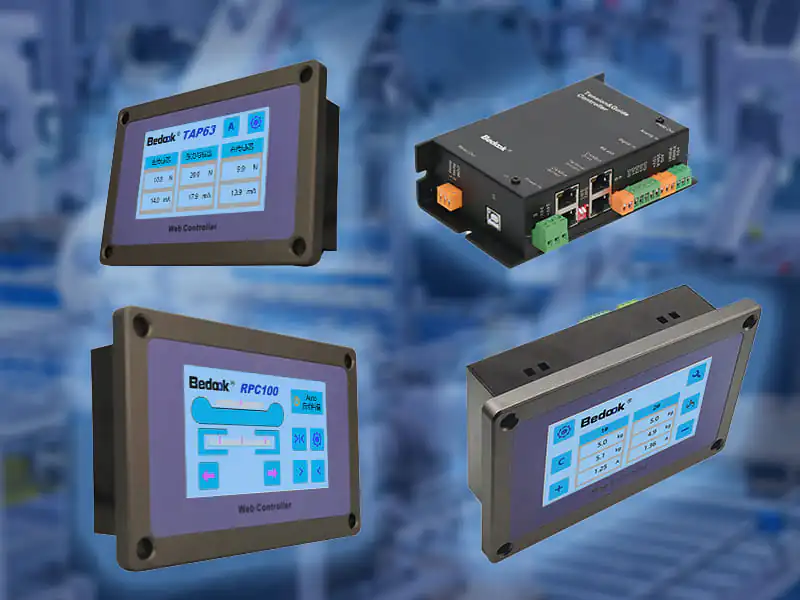Today, let’s dive into a topic that hits close to home for every one of us in 3C manufacturing: Bedook sensors in the 3C industry.
As we all know, the 3C sector is sprinting toward thinner, lighter, and smarter products—think slimmer smartphones or more compact wearables. This shift means our core equipment, like plug-in machines, lathes, and punch presses, needs to be more precise and reliable than ever.
And that’s where Bedook sensors in the 3C industry become game-changers: they act as the “eyes” and “touch” of these machines, solving the real-world pain points that slow down production or ruin product quality. Let’s walk through practical cases we’ve actually witnessed, so you can see how these sensors make a difference.
Plug-in machines are the workhorses of 3C component assembly, but they face tough detection hurdles—like semi-transparent carriers, microchips, and ultra-precise soldering. Traditional sensors often fail here, but Bedook sensors in the 3C industry are built to handle these specifics.
I’ve visited a factory where chips were transported in semi-transparent quartz trays, and the trays were still hot from heat treatment. The problem? They couldn’t install reflectors (too hot!), and regular sensors struggled with the quartz’s transparency—signals would pass through, leading to missed detections.
That’s when we recommended Bedook’s FQ31-H025 background suppression photoelectric sensor, a key part of Bedook sensors in the 3C industry. It uses diffuse reflection, so no reflectors are needed, and it ignores the tray’s transparency or color. Its small light spot also lets it target the tray’s side perfectly, ensuring stable detection even at high temperatures.
This isn’t just theory—this factory cut tray misalignment issues by 40% after switching to this sensor. That’s the value of Bedook sensors in the 3C industry.
We all know how finicky chip soldering is: a 10μm (that’s 0.01mm!) deviation can make a chip useless. One client needed to check if chips were soldered evenly, with a fixed sensor installation height of 30mm. Traditional displacement sensors either missed the precision mark or were too slow for their production line.
Bedook sensors in the 3C industry had the answer: the FQ46-T003 high-precision laser displacement sensor. It uses advanced ICs and algorithms to boost both speed and accuracy, fitting the 30mm installation base and hitting that 10μm precision.
We watched this client’s soldering defect rate drop by 35%—a huge win for their bottom line. This is why Bedook sensors in the 3C industry are trusted for high-stakes tasks.
Many of us have dealt with tiny 3C components—like microchips smaller than a fingernail. One factory needed to detect if these parts were in a slot; if yes, trigger a laser to engrave QR codes. Regular sensors had too big a light spot, leading to false alarms or missed parts.
Bedook sensors solved this with a “fiber optic head + focusing lens” combo: the lens shrinks the light spot to target even micro-components. We paired it with the FQ10-FRM amplifier, which is easy to use and budget-friendly.
The factory now has zero false triggers for this step—another example of how Bedook sensors in the 3C industry adapt to small-scale challenges.
Electronic components often mix metals and plastics, and their solder joints need micron-level checks—plus, we can’t touch them (they’re too fragile!). A client struggled with sensors that failed on different materials or scratched components.
Bedook sensors in the 3C industry offered the high-precision confocal sensor: it’s non-contact (no scratches!), has no blind spots, and works on metals, plastics, and more. It even outputs real-time data, so the factory can catch bad solder joints instantly.
This sensor turned their “hit-or-miss” checks into 100% reliable ones—exactly what Bedook sensors in the 3C industry are designed for.
Lathes and punch presses handle metal parts for 3C products, but they face their own issues: workpiece alignment errors, tool misplacement, safety risks, and material deviation. Bedook sensors in the 3C industry address each of these head-on.
If you work with lathes, you’ve seen batch defects from workpiece clamping errors—one bad clamp, and an entire lot is off. A client needed to measure these errors in real time and adjust the tool automatically. Traditional manual alignment was too slow.
Bedook sensors in the 3C industry provided the FQ46 laser displacement sensor: it uses laser triangulation for high accuracy, with a 300-700mm detection distance (so it doesn’t hit the machine). It sends data via RS-485 or analog signals, letting the lathe adjust the tool instantly.
This cut the client’s batch defect rate by 50%—a massive time and cost saver. That’s the practical impact of Bedook sensors in the 3C industry.
Lathe tool changers are messy—cutting fluid splatters everywhere, and regular sensors short out or send wrong signals. One factory had to stop production weekly to replace faulty sensors.
We recommended Bedook’s proximity sensors with IP68/69K protection—they resist high-pressure washing and keep fluid out. They also come in oil-resistant PUR cables or connectors, and sizes from M8 to M30 (so they fit any tool).
With IO-Link, the factory can monitor sensors remotely, avoiding unplanned downtime. Now, they haven’t replaced a sensor in 6 months—proof that Bedook sensors in the 3C industry thrive in tough environments.
Safety is non-negotiable—we all know the risk of hands near running lathes or punch presses. A client needed a way to stop the machine instantly if someone’s hand got too close, but their old safety devices failed in wet conditions.
Bedook sensors in the 3C industry offered the FH20 economic safety light curtain, with glue-sealed housing to resist fluid splashes. It responds in milliseconds, stopping the machine before accidents happen.
The factory now has zero safety incidents here—because Bedook sensors in the 3C industry prioritize both productivity and people.
Punch presses rely on steady metal coil feeding—if the coil shifts, products are defective. A client’s old correction system was slow and error-prone.
Bedook sensors in the 3C industry gave them a laser correction sensor: it uses through-beam detection for stability, sending data via analog or 485 signals to adjust the motor in real time. For coil presence checks (to detect breaks), we used the FQ31-T02N-P31P2-D photoelectric sensor with a large light spot—it even works if the coil has big holes.
The client’s defect rate from coil issues dropped by 45%—another win for Bedook sensors in the 3C industry.
At the end of the day, Bedook sensors in the 3C industry aren’t just components—they’re solutions built for our 3C manufacturing challenges. Every case we’ve shared today comes from real factories, where these sensors turned frustration into efficiency, defects into quality, and risks into safety.
For all of us in this fast-paced industry, having tools we can trust is everything—and Bedook sensors in the 3C industry deliver that trust, helping us build better 3C products faster. If you’re facing any of these pain points, I encourage you to explore how Bedook sensors in the 3C industry can work for your production line too.




